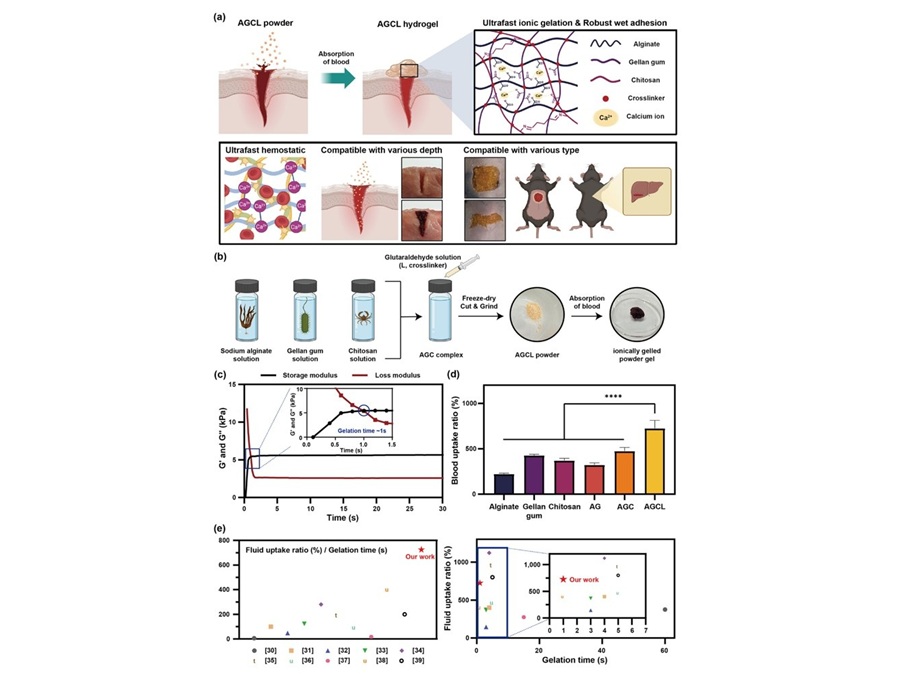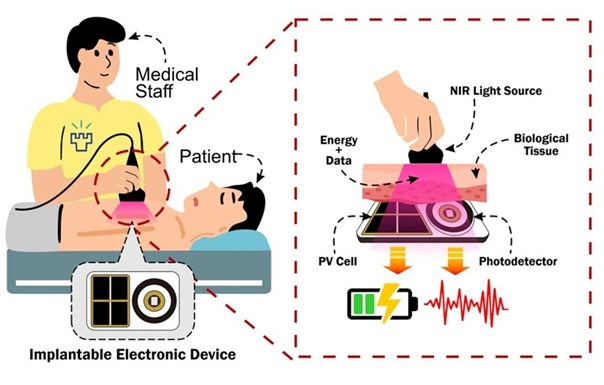Delivering Portable Chest Radiography Through Glass (TG-CXR) Reduces COVID-19 Infection Risk in Hospitals
|
By HospiMedica International staff writers Posted on 20 Apr 2021 |
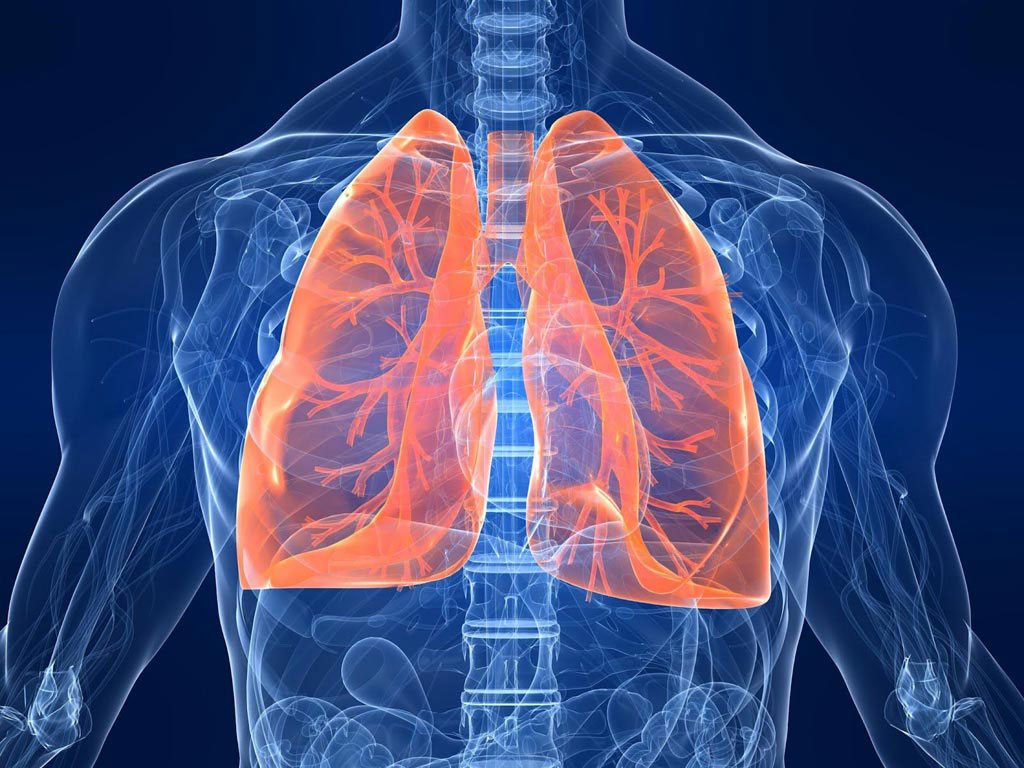
Illustration
A study to understand the cost and benefit of adopting portable chest radiography through glass (TG-CXR) at a tertiary care centre during the COVID-19 pandemic has found the novel technique to be particularly beneficial.
A team of two technologists at the Department of Radiology, St. Michael's Hospital, University of Toronto (Toronto, ON, Canada) were trained on the TG-CXR method which has the benefit of allowing one technologist to stay outside of the patient room while operating the portable radiography machine, thus reducing PPE use, decreasing the frequency of radiography machine sanitization and reducing their exposure to potentially infectious patients.
The cost of implementing the technique during the current COVID-19 pandemic was obtained from the department's operational database. The direct cost of routinely used PPE and sanitization materials and the cost of the time taken by the technologists to clean the machine was used to form a quantitative picture of the benefit associated with TG-CXR technique.
The technologists were trained on the TG-CXR method during a 15 minute shift change briefing. This translated to a one-time cost of USD 424.88. There was an average reduction of portable radiography machine downtime of four minutes and 48 seconds per study. The benefit of adopting the TG-CXR technique was USD 9.87 per patient imaged, resulting in a projected net cost savings of USD 51,451.84 per annum. Thus, the study concluded that adoption of the TG-CXR technique during the COVID-19 pandemic involves a minimal one-time cost, but can result in a significant benefit over the year.
"We hope that our findings would encourage policy-makers to implement TG-CXR technique at their institutions when and where possible," the study concluded.
Related Links:
University of Toronto
A team of two technologists at the Department of Radiology, St. Michael's Hospital, University of Toronto (Toronto, ON, Canada) were trained on the TG-CXR method which has the benefit of allowing one technologist to stay outside of the patient room while operating the portable radiography machine, thus reducing PPE use, decreasing the frequency of radiography machine sanitization and reducing their exposure to potentially infectious patients.
The cost of implementing the technique during the current COVID-19 pandemic was obtained from the department's operational database. The direct cost of routinely used PPE and sanitization materials and the cost of the time taken by the technologists to clean the machine was used to form a quantitative picture of the benefit associated with TG-CXR technique.
The technologists were trained on the TG-CXR method during a 15 minute shift change briefing. This translated to a one-time cost of USD 424.88. There was an average reduction of portable radiography machine downtime of four minutes and 48 seconds per study. The benefit of adopting the TG-CXR technique was USD 9.87 per patient imaged, resulting in a projected net cost savings of USD 51,451.84 per annum. Thus, the study concluded that adoption of the TG-CXR technique during the COVID-19 pandemic involves a minimal one-time cost, but can result in a significant benefit over the year.
"We hope that our findings would encourage policy-makers to implement TG-CXR technique at their institutions when and where possible," the study concluded.
Related Links:
University of Toronto
Latest COVID-19 News
- Low-Cost System Detects SARS-CoV-2 Virus in Hospital Air Using High-Tech Bubbles
- World's First Inhalable COVID-19 Vaccine Approved in China
- COVID-19 Vaccine Patch Fights SARS-CoV-2 Variants Better than Needles
- Blood Viscosity Testing Can Predict Risk of Death in Hospitalized COVID-19 Patients
- ‘Covid Computer’ Uses AI to Detect COVID-19 from Chest CT Scans
- MRI Lung-Imaging Technique Shows Cause of Long-COVID Symptoms
- Chest CT Scans of COVID-19 Patients Could Help Distinguish Between SARS-CoV-2 Variants
- Specialized MRI Detects Lung Abnormalities in Non-Hospitalized Long COVID Patients
- AI Algorithm Identifies Hospitalized Patients at Highest Risk of Dying From COVID-19
- Sweat Sensor Detects Key Biomarkers That Provide Early Warning of COVID-19 and Flu
- Study Assesses Impact of COVID-19 on Ventilation/Perfusion Scintigraphy
- CT Imaging Study Finds Vaccination Reduces Risk of COVID-19 Associated Pulmonary Embolism
- Third Day in Hospital a ‘Tipping Point’ in Severity of COVID-19 Pneumonia
- Longer Interval Between COVID-19 Vaccines Generates Up to Nine Times as Many Antibodies
- AI Model for Monitoring COVID-19 Predicts Mortality Within First 30 Days of Admission
- AI Predicts COVID Prognosis at Near-Expert Level Based Off CT Scans
Channels
Critical Care
view channel
Early Detection and Targeted Blood Purification Could Prevent Kidney Failure in ICU Patients
Acute kidney injury (AKI) is one of the most dangerous complications in intensive care units, affecting up to half of critically ill patients and sharply increasing mortality risk. A common but preventable... Read more
New Cancer Treatment Uses Sound-Responsive Particles to Soften Tumors
Cancer remains a leading cause of death in the U.S., and while treatments such as chemotherapy and ultrasound can be effective, they often damage healthy tissue. A major challenge is delivering enough... Read moreSurgical Techniques
view channel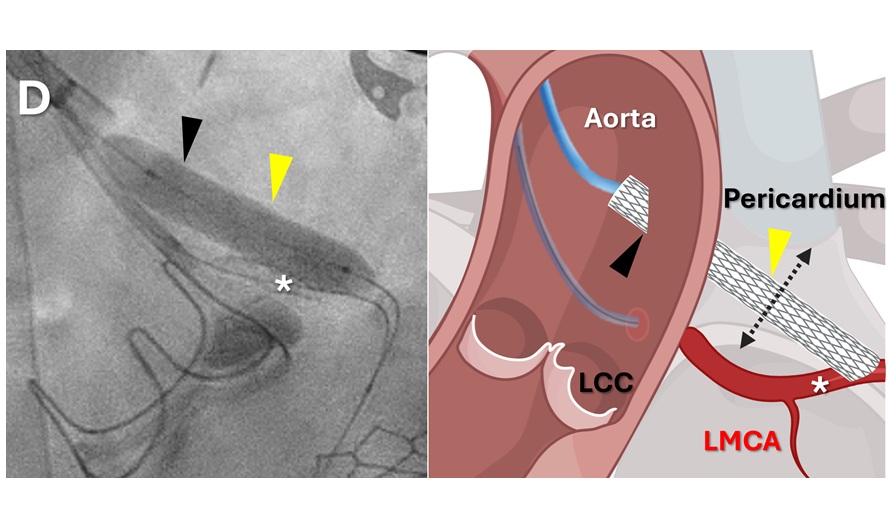
Minimally Invasive Coronary Artery Bypass Method Offers Safer Alternative to Open-Heart Surgery
Coronary artery obstruction is a rare but often fatal complication of heart-valve replacement, particularly in patients with complex anatomy or prior cardiac interventions. In such cases, traditional open-heart... Read more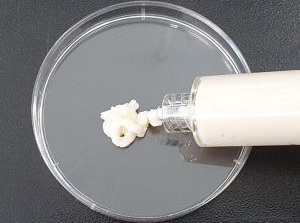
Injectable Breast ‘Implant’ Offers Alternative to Traditional Surgeries
Breast cancer surgery can require the removal of part or all of the breast, leaving patients with difficult decisions about reconstruction. Current reconstructive options often rely on prosthetic implants... Read morePatient Care
view channel
Revolutionary Automatic IV-Line Flushing Device to Enhance Infusion Care
More than 80% of in-hospital patients receive intravenous (IV) therapy. Every dose of IV medicine delivered in a small volume (<250 mL) infusion bag should be followed by subsequent flushing to ensure... Read more
VR Training Tool Combats Contamination of Portable Medical Equipment
Healthcare-associated infections (HAIs) impact one in every 31 patients, cause nearly 100,000 deaths each year, and cost USD 28.4 billion in direct medical expenses. Notably, up to 75% of these infections... Read more
Portable Biosensor Platform to Reduce Hospital-Acquired Infections
Approximately 4 million patients in the European Union acquire healthcare-associated infections (HAIs) or nosocomial infections each year, with around 37,000 deaths directly resulting from these infections,... Read moreFirst-Of-Its-Kind Portable Germicidal Light Technology Disinfects High-Touch Clinical Surfaces in Seconds
Reducing healthcare-acquired infections (HAIs) remains a pressing issue within global healthcare systems. In the United States alone, 1.7 million patients contract HAIs annually, leading to approximately... Read moreHealth IT
view channel
EMR-Based Tool Predicts Graft Failure After Kidney Transplant
Kidney transplantation offers patients with end-stage kidney disease longer survival and better quality of life than dialysis, yet graft failure remains a major challenge. Although a successful transplant... Read more
Printable Molecule-Selective Nanoparticles Enable Mass Production of Wearable Biosensors
The future of medicine is likely to focus on the personalization of healthcare—understanding exactly what an individual requires and delivering the appropriate combination of nutrients, metabolites, and... Read moreBusiness
view channel
Philips and Masimo Partner to Advance Patient Monitoring Measurement Technologies
Royal Philips (Amsterdam, Netherlands) and Masimo (Irvine, California, USA) have renewed their multi-year strategic collaboration, combining Philips’ expertise in patient monitoring with Masimo’s noninvasive... Read more
B. Braun Acquires Digital Microsurgery Company True Digital Surgery
The high-end microsurgery market in neurosurgery, spine, and ENT is undergoing a significant transformation. Traditional analog microscopes are giving way to digital exoscopes, which provide improved visualization,... Read more
CMEF 2025 to Promote Holistic and High-Quality Development of Medical and Health Industry
The 92nd China International Medical Equipment Fair (CMEF 2025) Autumn Exhibition is scheduled to be held from September 26 to 29 at the China Import and Export Fair Complex (Canton Fair Complex) in Guangzhou.... Read more













